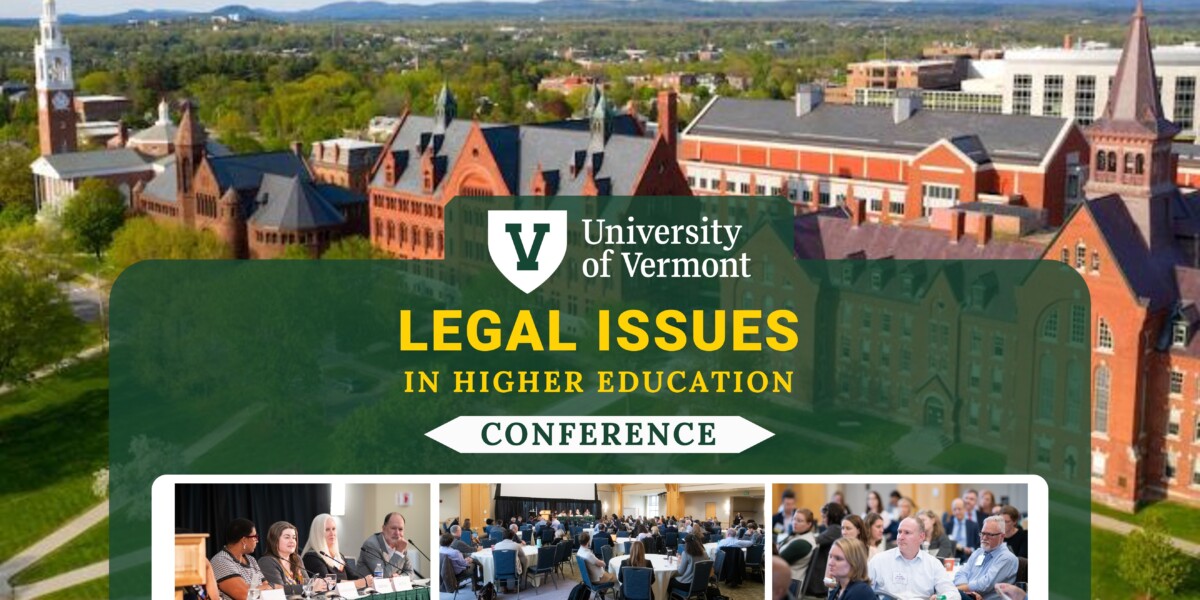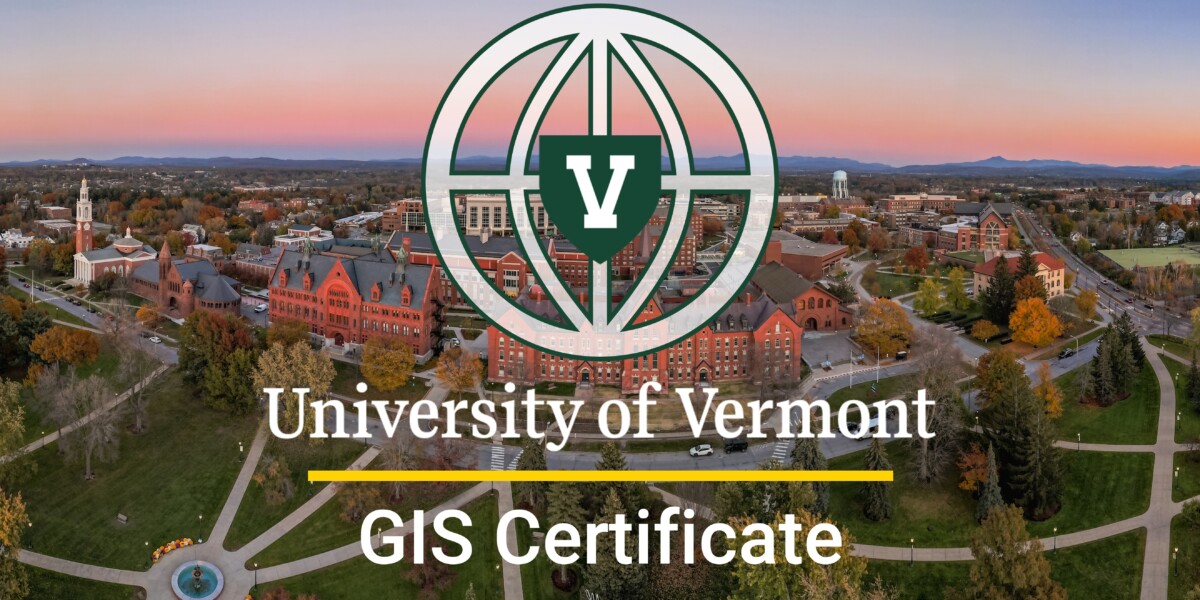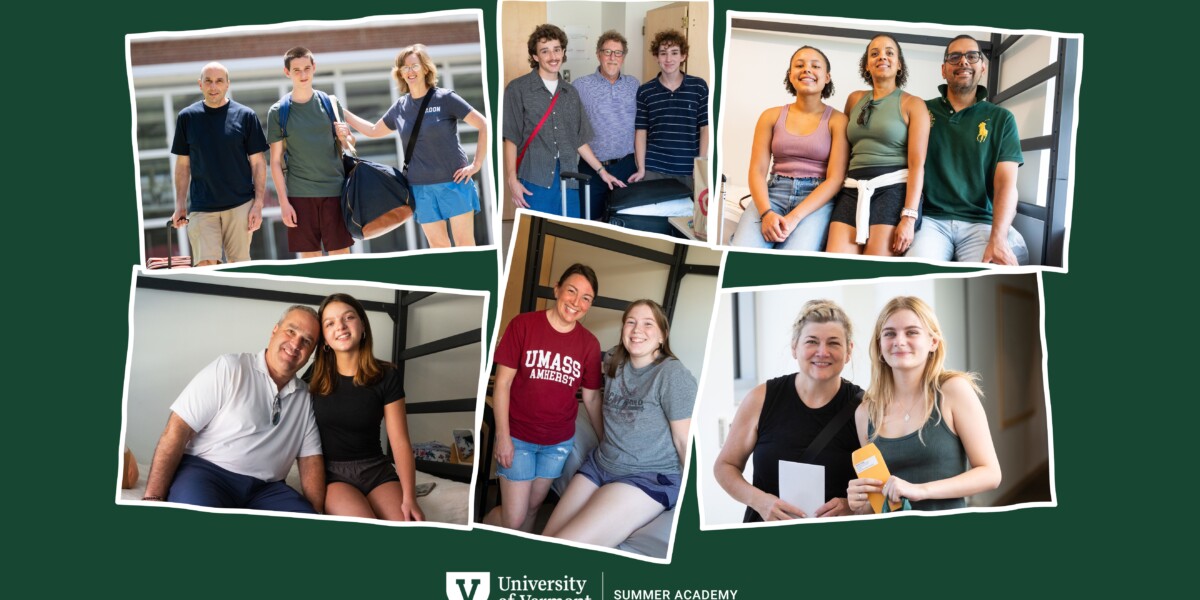
- Education
- Health
- Cover Story
Celebrating 30 Years of UVM’s Post-Bacc Pre-Med Program
The University of Vermont is proudly celebrating the 30th Anniversary of the Post-Bacc Pre-Med Program, which has transformed countless lives by providing rigorous academics, hands-on clinical experiences, and unwavering support from a dedicated faculty. As we reflect on our journey, we reaffirm our mission to empower the next generation of healthcare leaders.








